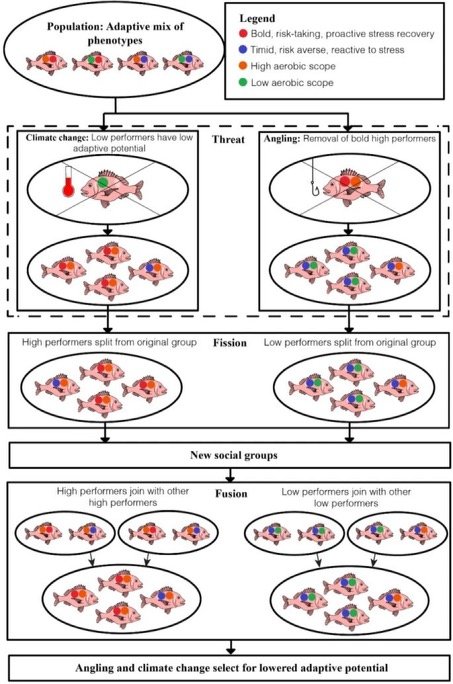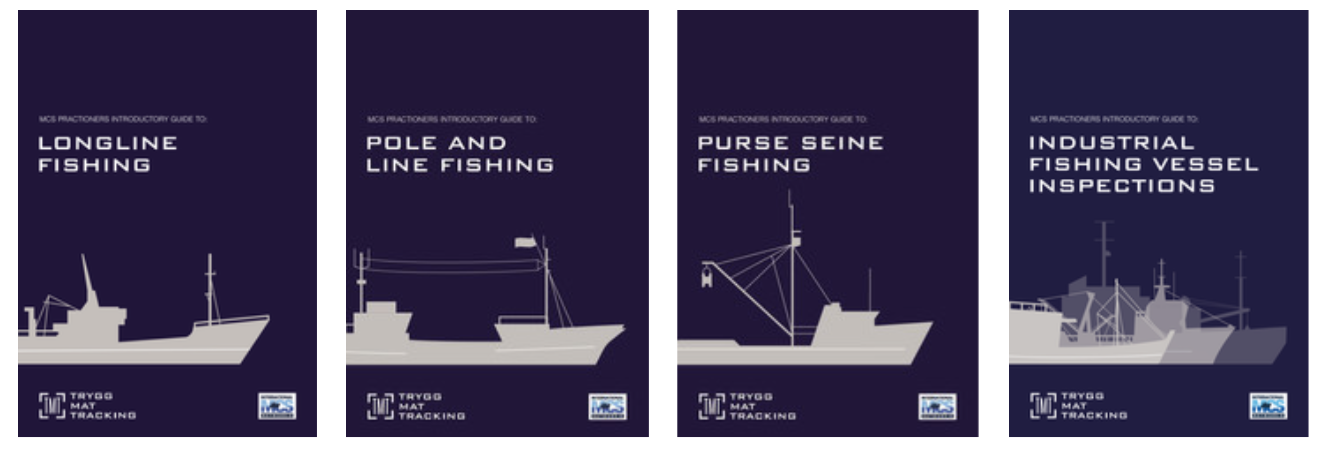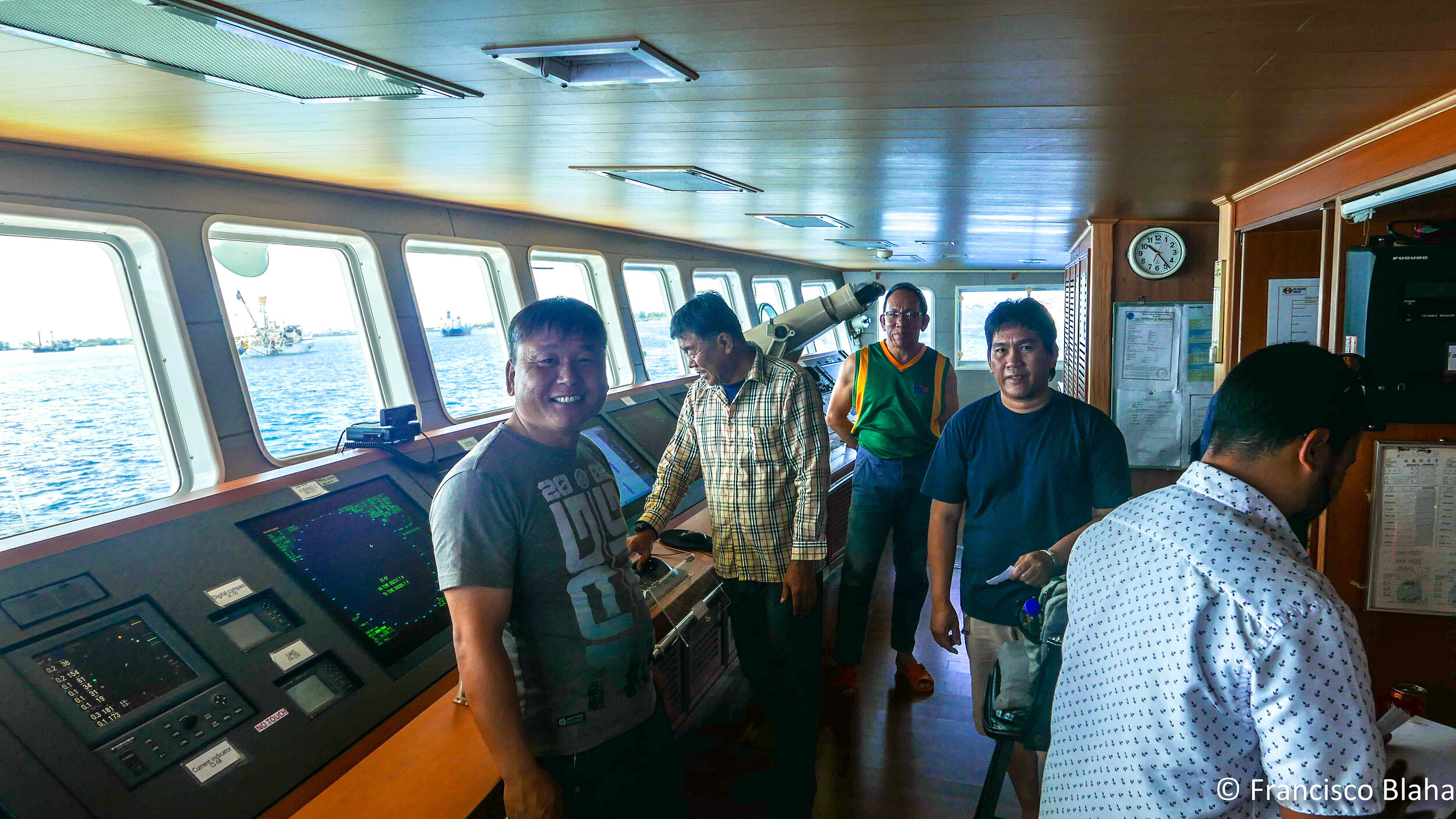—
Kia Ora
My name is Francisco Blaha, and I’m honoured to be asked by this committee for my opinions on the aspects of fisheries that have been my life since I was 18 years old, and given the opportunity to - in a minimal way - payback for how much NZ offered me. I’m proud to call the Western and Central Pacific home since 1991. In 1995 I arrived in New Zealand/Aotearoa on a fishing boat, and without knowing anyone in the country, based only on a feeling, decided that I wanted to stay. A few weeks later I had an official job offer that led me to a work visa based on my qualifications and experience. Aotearoa has been my home since then, it has offered me nothing less than respect and opportunities, as well as family and friends… and you as elected government officials have been a fundamental part of that. Thank you
—
I have deliberately focused my submission on the very specific ToRs and the technical understanding of IUU fishing, and therefore left aside parallel but no less important issues such a crew conditions, sustainability of bycatch species, subsidies, and geopolitics just to name a few where I work (and NZ has a leading role).
Also, I did not want my submission to be the usual litany of doom that generally dominates the conversation, yet offers very little by way of practical suggestions…This is why I’ve also tried to talk about successes on recent or ongoing projects funded by NZ, rather than the theory, to inspire you to look into and further support similar initiatives.
This is not to say that they aren’t any problems… admittedly the opposite. Yet there are also many good people and institutions in the WCPO that get up every day and do exemplary things that never get recognised, they run success stories that never get on the news…
I’m fortunate to also work in other regions beyond the Western and Central Pacific, such as the Eastern Pacific, the Atlantic and the Indian ocean… and the tools and management strategies we take for granted in our region (constant VMS, joint surveillance programmes, Port state measures, complete vessels registries, harmonised licensed condition among coastal states, electronic reporting and monitoring, etc) are not even in the pipeline there.
Of course, it is not perfect, but is better than in many other places… Exemplary institutions like the Pacific Islands Fisheries Forum Agency (FFA) and Pacific Community (SPC) that will speak later to you do not exist anywhere else, and would not have had the opportunity to support their members in the way they do, if it wasn't for NZ/Aotearoa’s support.
For the understanding of how “IUU fishing” operates and how it impacts the Pacific Islands, FFA commissioned an IUU quantification analysis in 2015 for its membership from MRAG (they are also made a submission), that was presented and published in 2016, it showed very low comparative IUU impact in general terms, and allowed them to focus resources in the very specific areas identified, with misreporting by the licensed fleet the most important one. No other region in the world is presently able to do the same.
But more importantly, this quantification study has been updated and is now scheduled to be presented and published on the 24th of this month. As one of the authors working on that update, I will not pre-empt the results, but it is broadly positive with a substantial reduction on the impact of IUU fishing in all areas studied. And while new MCS strategies, new data sets, changes in estimation approach in effort, and in prices have all contributed to better estimates we are cautious as care is needed in the interpretation, as multiple factors are at play. Yet the broad results are clear; the pacific island countries are controlling and minimising the incidence of IUU in their waters, and this is something to be recognised and celebrated.
I will focus the rest of my time on what I think are the four main outstanding problem areas in regards to IUU fishing and then the positive role that NZ has played in the region.
Transhipment in the High Seas
The WCPFC made a rule in 2009 stipulating there shall be no transhipment on the high seas except where a member country has determined that it is impractical for a vessel to come to port– but the Commission did not define “impractical”, thereby creating a loophole.
Contrary to the Commission’s intentions and rules, the number of high seas transhipments in the western and Central Pacific is increasing. Reports to the Commission indicate that such transhipments have increased from 544 operations in 2014 to 1,472 in 2019.
It appears that high seas transhipments are becoming the norm, rather than the exception.
All reported high seas transhipments were conducted by fishing vessels registered to just 4 countries and one fishing entity that NZ has different levels of engagement with vessels of China, Chinese Taipei/Taiwan, Korea and Vanuatu accounted for almost 90% of those transhipments.
NZ’s strong links with Vanuatu, Korea and China (bilaterally) and Chinese Taipei /Taiwan (via APEC) could be of fundamental influence to reform this clearly problematic situation that the WCPFC seems to be stuck in.
Budget, talent acquisition and retention in PICs fisheries administrations
There is no correlation between the budgets allocated to fisheries Monitoring Control and Surveillance activities, to the value of fisheries for the country.
Fisheries compliance is increasingly becoming more and more a market access requirement via catch certifications and a future Catch Documentation Scheme. Yet the funding for talent acquisition and retention in the fisheries authorities organisations that underpin fisheries controls and trade is woefully low in comparison of the value of the fishery they are responsible for.
I understand that the competing needs at the country level (i.e. health, infrastructure, education, communications, etc) need to be attended to as well.
Yet at times, we get criticised for saying that we expect excellence from the fisheries administrations and inspectors while they are often budgeted below mediocrity.
My fear at times is that fisheries compliance keeps piling on new systems, risk analysis, bigger/better information management systems and so on all the time, yet in the end, these are more responsibilities (i.e. work) for the people expected to use them; without giving them (and their institutions) any tangible incentive to do so.
Some economic/technical support along these lines will be critical. Otherwise, we keep building bigger roofs over the same old foundations and that is never a good idea.
Regional Data Capabilities
As misreporting has been identified consistently as the main IUU issue in our region, the tools and capabilities of fisheries inspectors need to move towards accounting for more than having new patrol vessels or radars, for example.
I strongly feel that up to date data capabilities such as those available to the banking or financial sector for both business intelligence and accounting are fundamental for the shared management and evaluation of compliance in fisheries.
New Zealand companies and research institutes such as Xero (https://www.xero.com/nz ), FishServe (https://www.fishserve.co.nz) and XERRA (https://www.xerra.nz) with his product Starboard Marine Intelligence (https://starboard.nz) have a lot to offer to the region in these areas.
New Zealand’s present and future efforts in regard to IUU fishing.
New Zealand’s contribution towards the comparatively low levels of IUU fishing and long-term sustainability of the tuna fisheries in the region, has been fantastic in my opinion, and NZ is seen as a distinctively trusted partner.
Uniquely among other donors in the region, there is only one NZ flagged PS seiner operating in the WCPO fishery, hence assistance is offered with no ulterior motives and most importantly is perceived as such.
NZ’s is very bi-culturally distinctive in comparison to other donors, and its long term “fraternity” to Pacific Islanders has resulted in a solid bridge of trust.
Colonialism remains in very recent history in the Pacific (at 56 I’m older than most countries I work with). These nations are still developing institutional capacity—and that they don’t necessarily take kindly to being told what to do by former colonisers. NZ does a great service by working with them, not on behalf of them
In 22 years as a development consultant, the jobs I consider most successful have been funded by MFAT. My current work in the Marshall Islands fills me with pride and a sense of unique satisfaction to be New Zealander.
While my work with MFAT is very technical, it critically incorporates a sufficiently long-time frame as for me to be seen as one of the team, someone to be trusted and welcomed beyond just work, but into their whanau and community. And you can only do that with time.
I was recently asked at the International Fisheries MCS network how were we able to achieve so many results in the 2nd year of assistance to the Marshall Islands? I replied: because I was working there in the first year and we were able to build trust, once that is in place, the achievements of the second year were easy.
The double prong support to FFA and SPC, as well as bilateral assistance, is producing tangible results.
Conclusion
This house should be proud of the outstanding contribution that NZ has done to fight IUU fishing in the WCPO
My humble recommendations are
Further support the long term presence of culturally aware advisors working with partner governments under the principles of Tuia te here tangata: Making meaningful connections. To Thread Together Many Strands of People takes time, yet it is the most effective way forwards.
Use NZ mana as a trusted international partner to push the agenda for reform of present High Seas Transhipment at the highest level of bilateral relations with the main nations involved with it: China, Chinese Taipei /Taiwan, Korea and Vanuatu.
Support budget strengthening, talent acquisition and retention with the independent PICs fisheries administrations, through both strategies of:
placing long term advisors in their fisheries authorities, and
supporting specific know-how in cost recovery for regulatory organisations and incentive-based compliance for industry
Encourage a leap forwards in fisheries ICT including Data Management, Business Intelligence and visualisations capabilities, Machine Learning and Artificial Intelligence to be spearheaded by SPC with the support of NZ organisations like Starboard, Xero and FishServe
Maintain budgetary support to FFA and SPC as the key fisheries organisations in the region.
Thank you again for your time.
Kia ū ki te whakapono, kia aroha tētahi ki te tētahi. Hold strong to your beliefs and love one another.

































